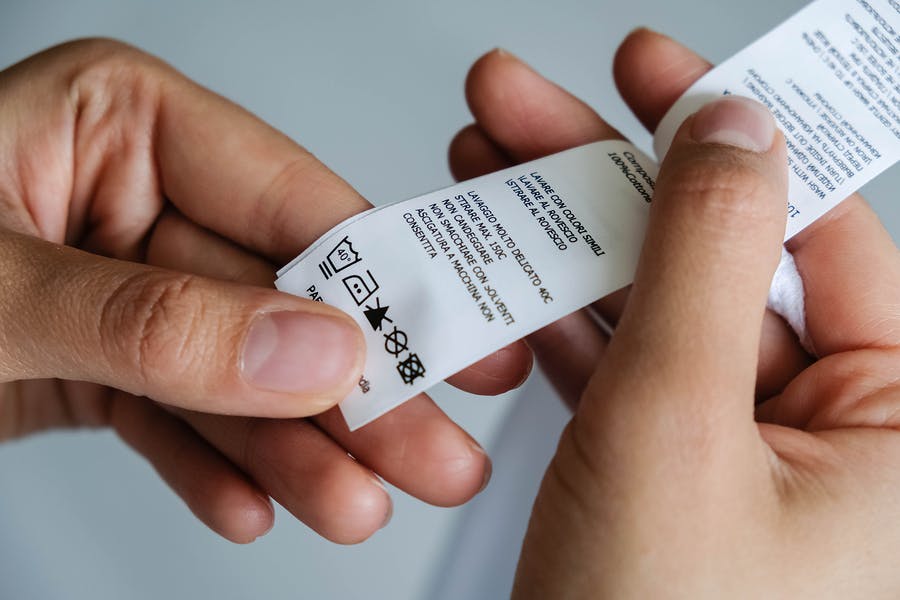Tyler Linfesty, better known to the Internet as “plaid shirt guy,” became an overnight sensation because of his facial expressions at a Trump rally in Montana. According to the 17-year-old student from Billings, his reactions were a response to comments made by the President.
I’m not writing this to take sides politically; there’s already enough of that going on. What struck me was Linfesty’s choice — he chose not to take what he was hearing at face value. Instead, he listened, and when he questioned something he was hearing it showed on his face.
His example is important for all of us who want to improve recruiting and hiring. We shouldn’t take everything we hear or read at face value. This includes news reports, social media posts, and even people in my line of work — speakers and writers.
It’s easy to believe someone who’s been invited to the stage or given space in a trusted publication. Speaking on stage or being featured as a writer elevates that individual’s perceived expertise. Many people listen to what these thought leaders communicate without questioning the applicability of that knowledge for their specific circumstances.
Case in point: I often hear speakers, panelists, and writers offer a best practice, proven method, or industry standard to solve a problem. Then, another thought leader in a different setting offers a different best practice for the exact same problem. Does this mean one of them is being dishonest? No. Most people are trying to be helpful.
The real issue is that best practices (and phrases that mean the same thing) are relative. From that individual’s perspective, the idea being put forth is what they believe to be the best. It’s up to you to be like #PlaidShirtGuy and question the applicability of that idea for your situation. Here are three ways to do that.
Check the label
Many ideas labeled as a best practice are in the eye of the beholder. Before deciding if it’s best for your organization, check the label.
To do that, I like to ask:
Why has this been a best practice for your organization?
Trust and verify
Trust that the thought leader is trying to be helpful (because most are). Then, verify that the results achieved using that best practice will be worthwhile in your situation.
Ask questions like:
What specific results did that best practice achieve?
How long did it take to implement?
How long before you saw those results?
How much did it cost? And what was the ROI?
Validate the source
In the spirit of being helpful, people will offer up brilliant ideas. Ideas that are sometimes not their own and that they themselves have not tried. When this happens, it tends to occur during panel discussions.
To validate the source, try asking:
When did your company implement this best practice?
You can learn where the idea came from, allowing you to go to the original source for details.
